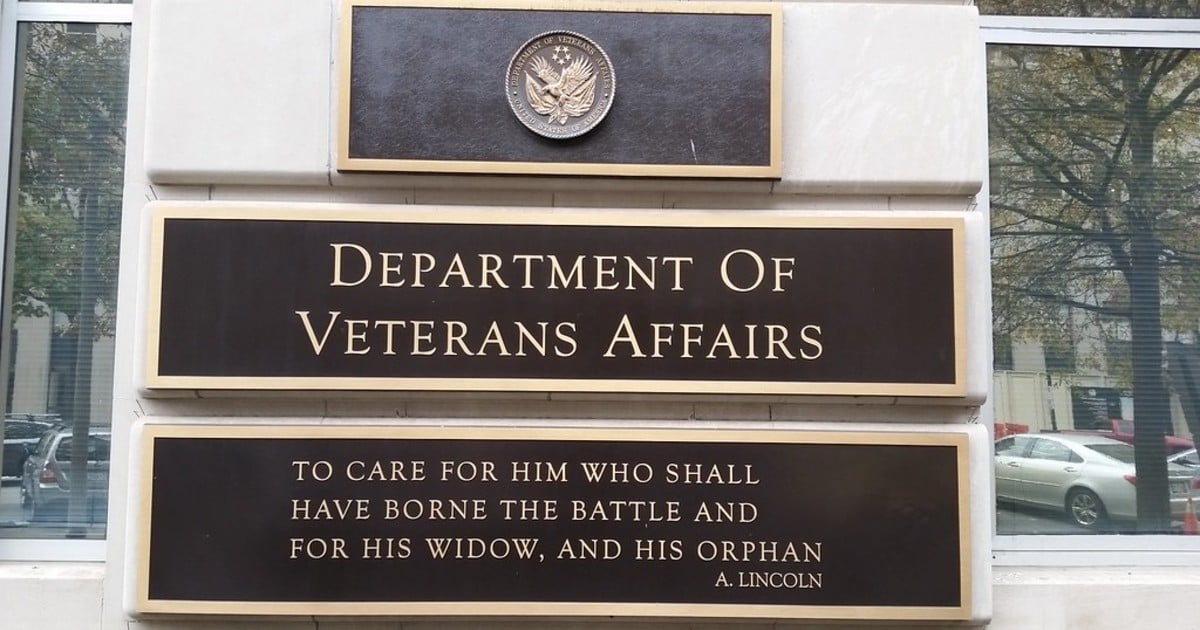ORLANDO ― Stakeholders crowded into an early morning session at HIMSS17 to learn how to alleviate the pain of prior authorization approval for physicians, patients, providers and payers.
A recent American Medical Association survey found that 75 percent of physicians reported finding the prior authorization burden high or extremely high. Most wait for at least one business day for a response and some wait three business days, according to Heather McComas, director of administrative simplification initiatives for the AMA.
“We hear about this issue all of the time from our members,” McComas said.
In its own survey, the Healthcare Administrative Technology Association, which represents over 600,000 providers, found that only 1 percent offer the 278 transaction to payers. The 278 is a practice management system for referral and authorization requests, according to Sherri Dunford of HATA.
The reason, according to the HATA survey, is a lack of provider interest and demand followed by a lack of payer commitment, Dunford said.
“Workflow almost always does not flow,” she said. “It requires a manual intervention.”
Most of the increase in costs from prior authorization approvals come from paper and from time, she said.
“It’s a resource waster, and it can be done better,” she said.
Some providers hire a full-time staffer to handle the prior authorization burden, which often includes not only the electronic health record but also sending boxes of a patient’s record to the health insurance company. The insurer reviews the medical history and benefits summary to determine if the specialty care is required or necessary.
Payers feel the pain of that burden, according to Elizabeth Hartley-Sommers, clinical data exchange manager for BCBS Louisiana.
To address the problem, the insurer is rolling out an authorizations portal to allow providers to enter a request, she said. If all the information is received, the provider gets an immediate response.
“So far our providers love it,” Hartley-Sommers said. “They love not having to mail us huge boxes of medical records.”
There are also efforts for an automated electronic medical record request and looking at storage of clinical documents in a single place.
Dr. Gregg Allen, CMO for eviCore Healthcare, said the company processes 75,000 to 85,000 cases per day in its medical benefits management business. Of those, 65 percent are submitted through a web portal.
However, the Council for Affordable Quality Healthcare has found that the problem of prior authorization is not in automation, but in business processes, said Bob Bowman, CAQH CORE associate director.
“We needed to tackle business practices,” Bowman said the organization found. “Reduce the number of procedures that require prior authorization.”
CAQH has been working on this for three or four years. The results of a survey sent out to providers, health plans and other stakeholders are expected to be shared later this year.
The CEO of the 350 member Workgroup for Electronic Data Interchange said the organization is looking to bring together all of the separate efforts to facilitate a larger discussion.
“There’s overlap in activities,” said WEDI CEO Charles Stellar.

This article is part of our ongoing coverage of HIMSS17. Visit Destination HIMSS17 for previews, reporting live from the show floor and after the conference.

